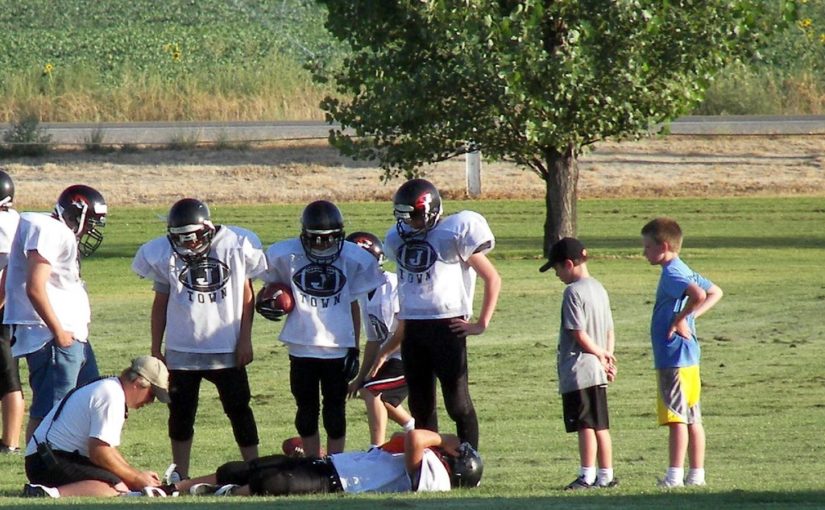Jun 29, 2020NATA Releases Best Practices for Spinal-Injury Care
Last week, the National Athletic Trainers’ Association (NATA) released consensus recommendations and best practices for emergency prehospital care of spine-injured athletes in American football.
With sports across the country reevaluating the safety of play due to the COVID-19 pandemic, the awareness of the critical nature of athlete safety and emergency preparedness is at an all-time high.

Sports participation is among the leading causes of catastrophic cervical spine injury (CSI) in the United States, according to a press release issued by the NATA. These types of injuries have been proven to have devastating and long-lasting effects on athletes and their families.
Recently, two articles stemming from meetings of the Spine Injury in Sport Group (SISG) were published in the Journal of Athletic Training — NATA’s scientific publication.
The first, Best Practices and Current Care Concepts in Prehospital Care of the Spine-Injured Athlete in American Tackle Football Players, outlines best practices and practical applications. Consensus Recommendations on the Prehospital Care of the Injured Athlete with a Suspected Catastrophic Cervical Spine Injury, outlines the Delphi process, which identified eight key questions to be answered by systematic review and was used to come to a consensus. The review screened 1,544 studies, 49 of which were included in the final full-text review.
Additionally, a high-quality training film was created to complement the recommendations and to visually communicate the guidelines across medical professions and other key stakeholders.
Below are some of the key recommendations NATA found from the study.
- Athletic programs should have an emergency action plan (EAP) developed in conjunction with local emergency medical services agencies specific to pre-hospital spine-injury care. Best practices are for an athlete with a suspected spinal injury to be transported to a designated Level 1 or 2 trauma center as quickly and safely as possible.
- Sports medicine teams should conduct a pre-event medical time out before each athletic event (practices and competitions). Participating in these “time outs” should include medical personnel from both teams, EMS personnel, and game officials.
- When feasible, those with the highest level of training and experience in removal techniques should participate in equipment removal. Athletic trainers are recognized as the medical professional with the most training and experience in athletic equipment removal.
To read the full release from NATA on how athletic trainers can provide better prehospital care of spine-injured athletes in football, click here.



